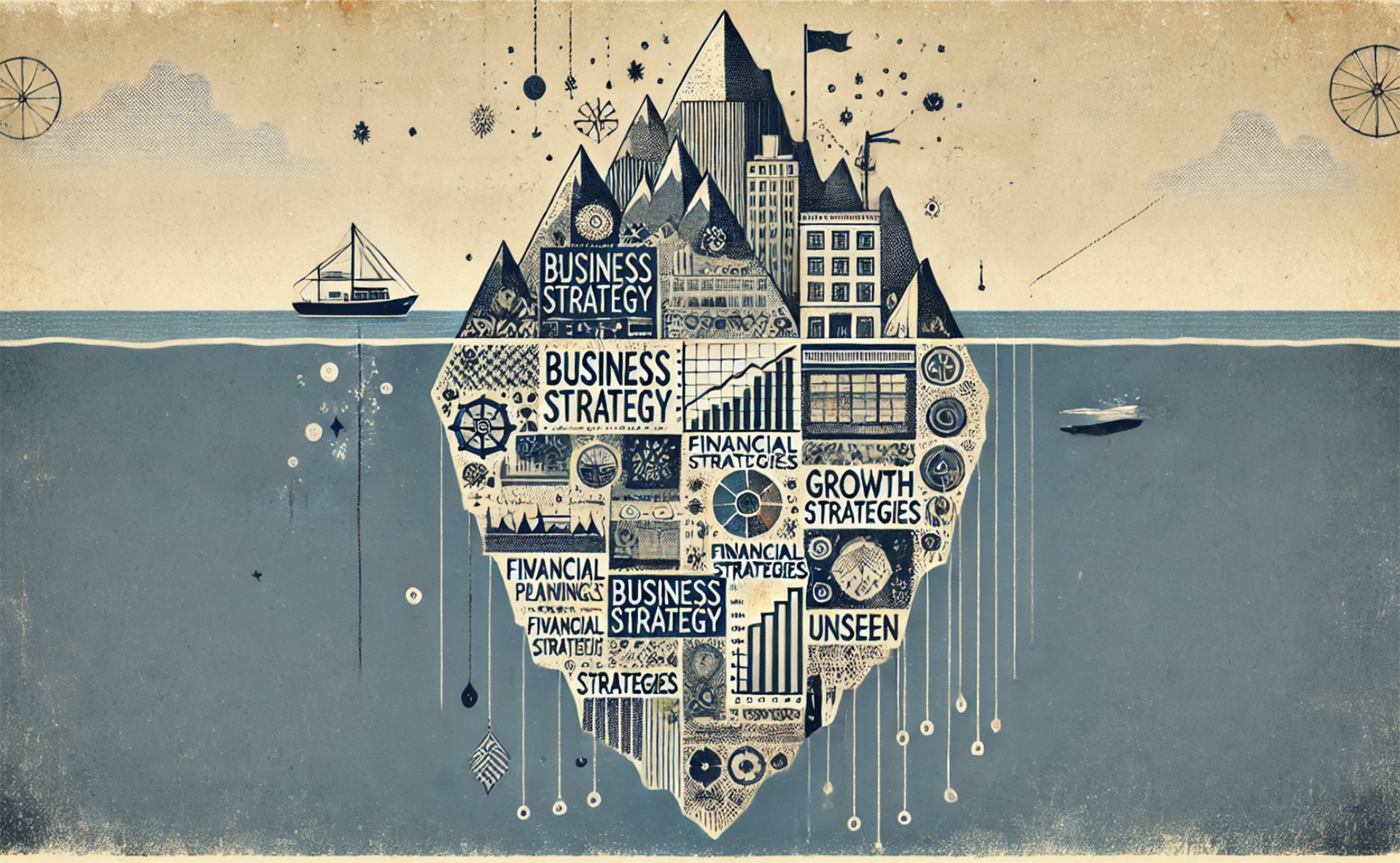Trust is the cornerstone of any enduring agency-client relationship. It’s built on the bedrock of transparency, particularly when it comes to critical details like financial management, ad spending, and the real impact of marketing campaigns. Your agency can strengthen this trust by committing to honesty and following through on promises. It’s not just about making promises but consistently upholding them. Let’s unlock the secrets to building that trust, ensuring your clients don’t just stay for a project but for a lifetime partnership.
Why is transparency in business so important?
Building client trust is an ongoing process. It takes time and effort but is worth it in the long run. When you have a reputable agency-client relationship, clients are more likely to be loyal to your business, spending more, offering referral traffic, and reviewing you positively online and via word of mouth.
How, then, do you go about improving your agency’s customer transparency? Between setting practical expectations and using appropriate business communication and metrics tools, there are several steps you can take to grow your brand in the eyes of your customers.
How to Be Transparent with Your Clients
Business transparency isn’t solely based on truthtelling and communication. It’s also about offering your clients the tools they need to succeed and avenues to connect with your business as necessary.
Whether this means increasing communication channels or establishing more frequent touch-ins can vary between businesses, but here are a few processes you can incorporate into your workflow to increase transparency.
Set clear expectations at the beginning of the relationship
Setting expectations is critical to any successful agency-client relationship, and failing to do so can impact client trust and cause significant workflow bottlenecks. When you first discuss the scope of a project with a prospective client, promote business transparency by setting clear, concise expectations. For instance, discuss how many deliverables or project components fall under your purview and set a precise due date for any projects. As an agency, if you constantly use a time-tracking tool to understand the exact time required for your specific services, you will be better equipped to set clear expectations.
Also, forecast your expected results. Clients want to see their potential ROI, even if that number may fluctuate throughout a campaign. You can’t promote transparency and trust without establishing and communicating goals.
Finally, remember that setting expectations goes both ways. Let your clients know what you’ll need from them regarding touchpoints, collaborations, deliverables, and due dates. Once you’re all on the same page, you can proceed with your project.
Simple Time Tracking Solution for your Agency
Use business tools to enhance communication
Communication frequency and availability are paramount. Clients want to know they can reach project managers, account holders, and key creatives to discuss project performance and progress.
Instead of communicating solely via email or phone, include other tools that meet various client needs. Incorporate tools like Zoom and Slack for instantaneous communication while considering filesharing and collaboration tools like Google Drive to help increase transparency.
However, including new tools for more excellent communication doesn’t mean you shouldn’t set boundaries. Determine working hours in which you’ll respond to client inquiries and communicate them. Of course, this could prove an exception if there’s an after-hours emergency.
Keep in mind that video calls are a great way to build more trust and familiarity, and using built-in recording features in Zoom and Google Meet can help you store meeting notes and reduce potential misunderstandings.
Include regular reporting and update check-ins
One of the easiest ways to be transparent in your agency is to regularly share your results and what they mean. Create clear and concise reports that aren’t full of industry jargon or complex terminology. Include visual data such as graphs, charts, and models to showcase performance more straightforwardly.
Take time to highlight the critical metrics of your campaign. Explain to your clients why these metrics are important and provide additional context to get greater buy-in.
Beyond this, you should also provide action items that leave each check-in with a new goal or insight to address. It’s not enough for your clients to see the data — they need to see your recommendations for the next steps, campaign adjustments, new targets, and how you drew those from the data you collected.
Provide more transparent billing and pricing information
You should also include more detail in your invoices, breaking down your charges so clients can easily understand their accrued costs. An easy way to do so is to adopt a consultative approach where you frequently walk your clients through your billing and pricing to ensure no miscommunications when sending invoices.
You can also use a time-tracking & invoicing tool, like Elorus, to help you set up billable hours. With Elorus, you can monitor your team's working hours and seamlessly invoice your clients. Furthermore, you can invite them to access the Elorus client portal, where they can view valuable information and documents—such as timesheets, invoices, estimates, and payments for their projects—at any time.
Constantly tracking your work time can help you price your services accurately and provide additional value to your clients without sacrificing profitability. For instance, consider offering loyalty discounts to long-term clients and repeat customers.
Admit when you’ve made a mistake and learn from it
No agency is perfect, but overcoming these imperfections promotes business transparency. Sometimes, markets fluctuate unpredictably, new competitors release projects ahead of schedule, or ad spending gets out of hand.
What’s important is that you quickly take control of the situation by addressing the mistake as soon as possible. Identify what caused the error and how it could impact a client’s campaign or overall progress. Take initial steps to mitigate potential damage, then reflect on your workflow.
Were there processes you could’ve improved? Bottlenecks that slowed progress? Find these root causes and develop a customer-facing plan to address the existing issues and prevent future problems. On top of this, you can schedule follow-up meetings and check-ins to increase transparency and show your client the steps you’ve taken to rectify any mistakes.
Elorus can help you build more transparent client relationships
More transparency is a net plus for both agencies and clients. It can lead to longer professional relationships, increased word-of-mouth referrals, and greater client satisfaction. However, many businesses struggle to maintain transparency.
Increasing transparency in business is often easier said than done. Without the right tools, it might even feel impossible. That’s where Elorus can help. We offer a business software platform that enables you to enhance client relationships like never before.
With time-tracking, invoicing, and project monitoring features, it’s easier to find actionable insights within your data and present them to your clients for maximum returns. Now that you understand why transparency is important, you can sign up for free on the Elorus platform and make your agency goals a reality.






